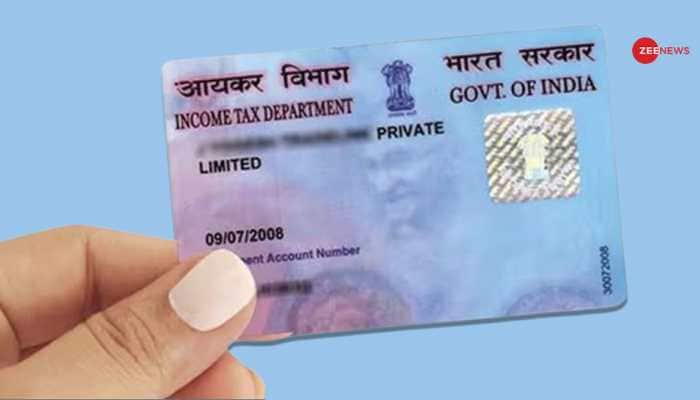2016 Demonetisation: Parliament held debate, took notification into account, Centre tells Supreme Court
Earlier, Centre had defended its decision to demonetise Rs 500 and 1,000 currency notes in 2016, saying that “it was a major step to fight the menace of fake currency notes, terror financing, black money and tax evasion.”
- In a bid to justify its 2016 demonetisation policy, the centre, on Wednesday, claimed that the parliament took demonetisation notification into account after it was issued on November 8, 2016.
- The ruling BJP also argued that there was a debate on it.
- Attorney General R Venkataramani, who was appearing for the Centre, defended the Central Government`s decision to demonetise the old notes of Rs.500 and Rs.1000.
Trending Photos
) Pic courtesy: twitter
Pic courtesy: twitter New Delhi: In a bid to justify its 2016 demonetisation policy, the centre, on Wednesday, claimed that the parliament took demonetisation notification into account after it was issued on November 8, 2016. The ruling BJP also argued that there was a debate on it. Attorney General R Venkataramani, who was appearing for the Centre, defended the Central Government`s decision to demonetise the old notes of Rs.500 and Rs.1000. He also explained to the constitution bench of the Supreme Court about the debates in the parliament saying that they occur after the notice was issued.
"First time I have seen a notification referred to by the Parliament," AG said. He made it clear that the notification in concern with demonetization issued dated Nov 8, 2016 was not arbitrary.
Talking about the case, the court was hearing a case related to notification dated Nov 8 in connection with demonetisation old currency notes of Rs 500 and 1000.
Senior Advocate Chidambaram, representing the petitioner, yesterday had mentioned that if the government had raised the demonetisation before taking the decision, the parliamentarians would have stopped the policy, but they did not follow the legislative route.
AG Venkatramani, again, countered today based on the interpretation of 26(2) of the Reserve Bank of India Act 1934.
Senior Advocate Shyam Divan, representing one of the petitioners, also made his rejoinder submission and opposed the Central Government decision.
Senior Advocate Divan, in his rejoinder submissions, said that “Section 26(2) of the RBI Act is an administrative power in the exercise of executive functions. He said that In 26(1) of the RBI Act has two distinct concepts, one says `shall be legal tender and the other one shall be guaranteed by the Central Government.”
The court reserved the order asking the Centre and RBI to “place before its relevant records pertaining to the decision.”
Earlier, Centre while defending its decision to demonetise Rs 500 and 1,000 currency notes in 2016, said that “it was a major step to fight the menace of fake currency notes, terror financing, black money and tax evasion.”
"It was an economic policy decision exercised in accordance with powers conferred by an Act of the Parliament (RBI Act, 1934), in conformity with the provisions of the said Act and was subsequently affirmatively taken note of by the Parliament in the Specified Bank Notes (Cessation of Liabilities) Act, 2017," the affidavit said.
The affidavit was filed in response to the various pleas challenging the Centre’s November 8, 2016 decision. The government also, in its argument, said, "The expansion of the formal sector and the shrinking of the informal sector were undertaken through a series of policy measures. The policy push included digitalising transactions, technology connectivity and implementation to enable last-mile reach, increasing the tax base, enhancing tax compliance, lowering the cost of doing business, eliminating policy distortions, facilitating financial inclusion at the formal sector level and labour and agrarian reforms."
Stay informed on all the latest news, real-time breaking news updates, and follow all the important headlines in india news and world News on Zee News.
Live Tv







)
)
)
)
)
)
)
)
)
)
